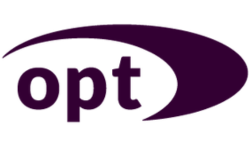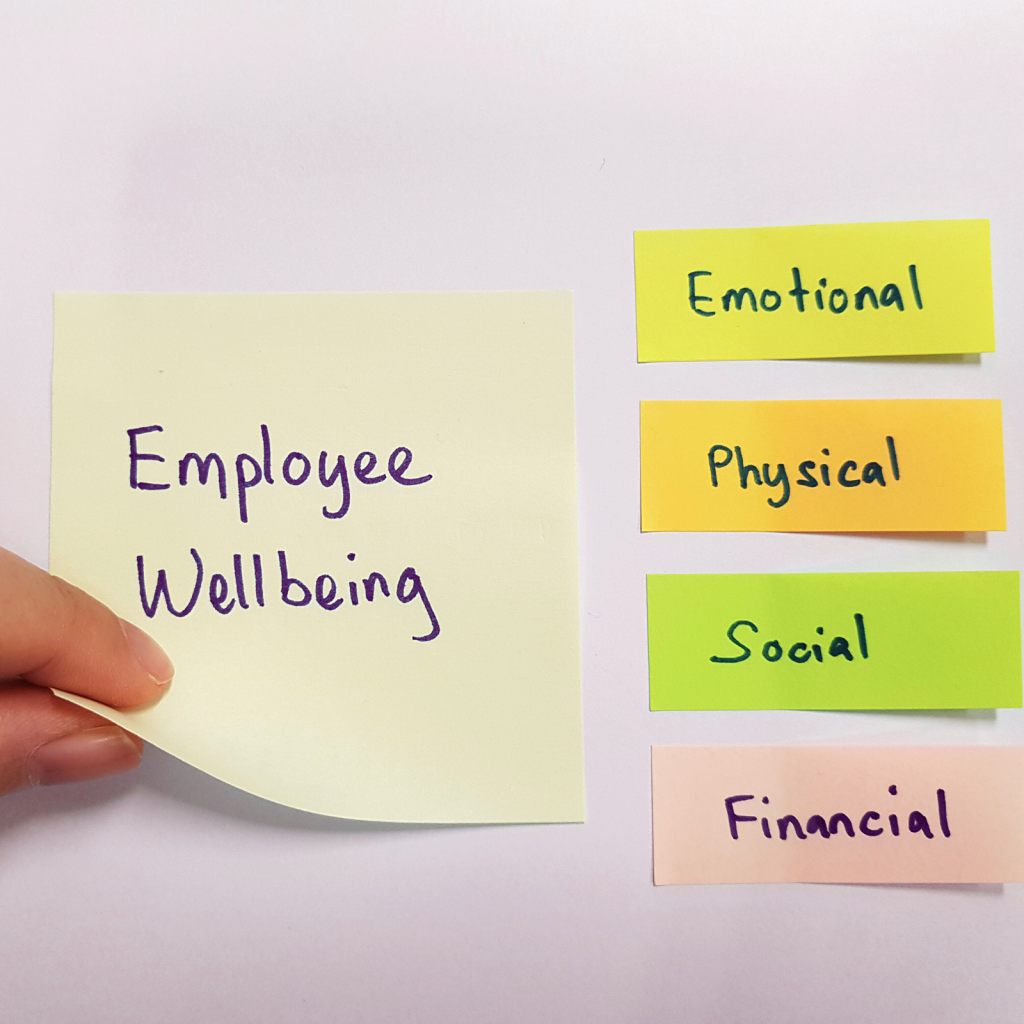Gone are the days when a fruit bowl in the break room counted as a well-being initiative. In today’s workforce, employee well-being is a strategic priority—not a perk. From mental health support to flexible schedules, organisations are rethinking how they support their people and the results are compelling: happier employees mean better performance, stronger retention and a more resilient business.
What Does “Well-being” Actually Mean?
Modern well-being programs are holistic. They don’t just focus on physical health, but also:
- Mental and emotional support
- Work-life balance
- Purpose and engagement
- Financial wellbeing
- Social connection in the workplace
This shift reflects a deeper understanding: employees aren’t just workers—they’re humans first.
Why It Matters More Than Ever
According to Zamphr’s 2024 HR Trends, organisations that actively support well-being see:
- Up to 21% higher productivity
- Lower rates of burnout and absence
- Greater employee loyalty and engagement
- Improved collaboration across teams
In a hybrid and post-pandemic world, supporting well-being is also essential for managing dispersed or remote teams—who may feel isolated or overworked without visible support systems.
Key Well-being Strategies Employers Are Embracing
1. Mental Health Resources
- Confidential counselling or EAPs (Employee Assistance Programmes)
- Mental health first aiders in the workplace
- Access to meditation or mindfulness apps (like Calm or Headspace)
2. Flexible Work Arrangements
- Hybrid or remote working options
- Core hours instead of rigid 9–5
- Support for working parents or carers
3. Building a Culture of Trust and Openness
- Regular check-ins that go beyond KPIs
- Encouraging managers to lead with empathy
- Open conversations around stress, burnout, and boundaries
4. Physical Wellness
- Subsidised gym memberships or step challenges
- Ergonomic workspace support (especially for remote workers)
- Healthy food/snack options on-site
5. Personal Development and Purpose
- Opportunities to upskill or explore lateral growth
- Clear alignment between employee values and company mission
- Recognition and rewards that celebrate personal contributions
How The Opt Workforce Builder® Can Support Your Well-being Goals
Opt For Learning’s Workforce Builder® platform is designed to help organisations develop not just skilled employees—but healthy, engaged ones. Through tailored training, audits and people development strategies, it helps leaders:
- Embed well-being into everyday culture
- Equip managers with the tools to support team mental health
- Promote sustainable work practices that reduce burnout
Whether you’re at the beginning of your well-being strategy or ready to take it deeper, The Opt Workforce Builder is a practical step towards building a thriving team.
Final Thoughts
Employee well-being isn’t a one-off initiative—it’s a continuous commitment. As expectations around workplace culture evolve, businesses that put people first will be the ones who attract, engage and retain top talent. Investing in well-being is no longer optional—it’s essential.


